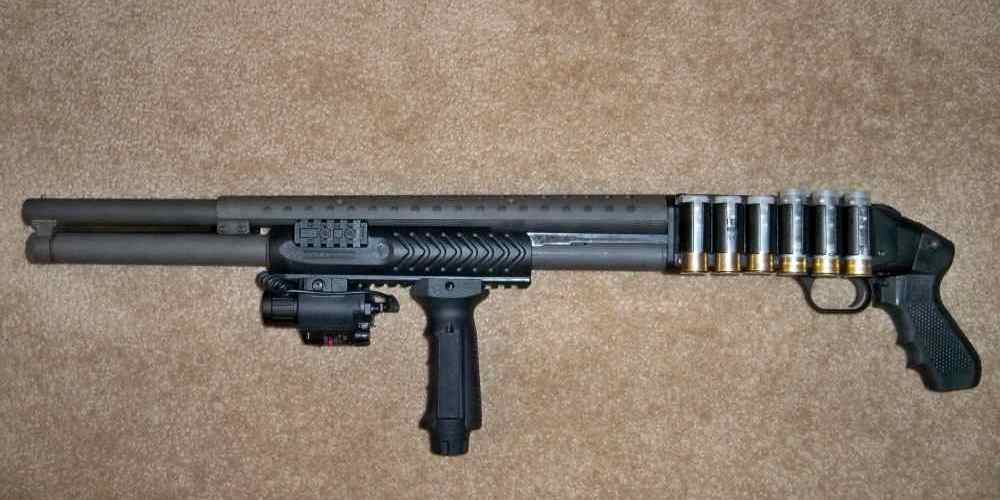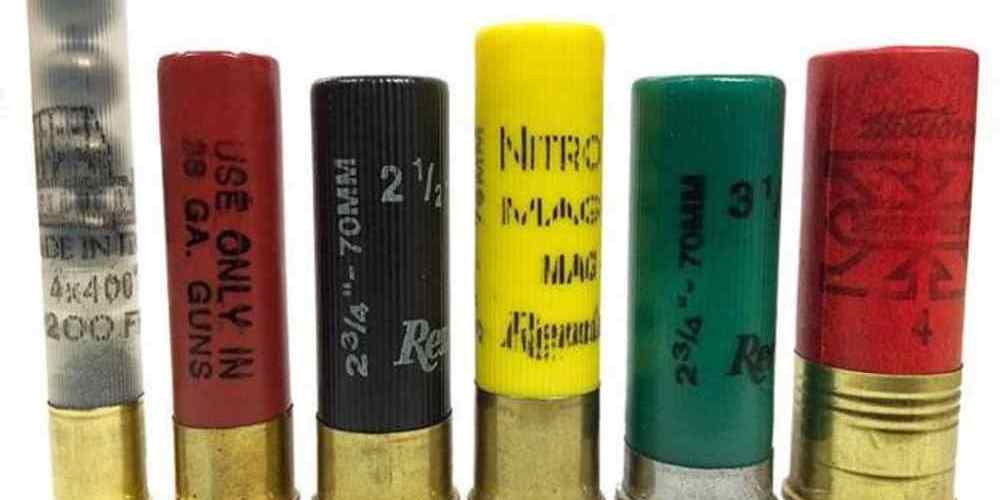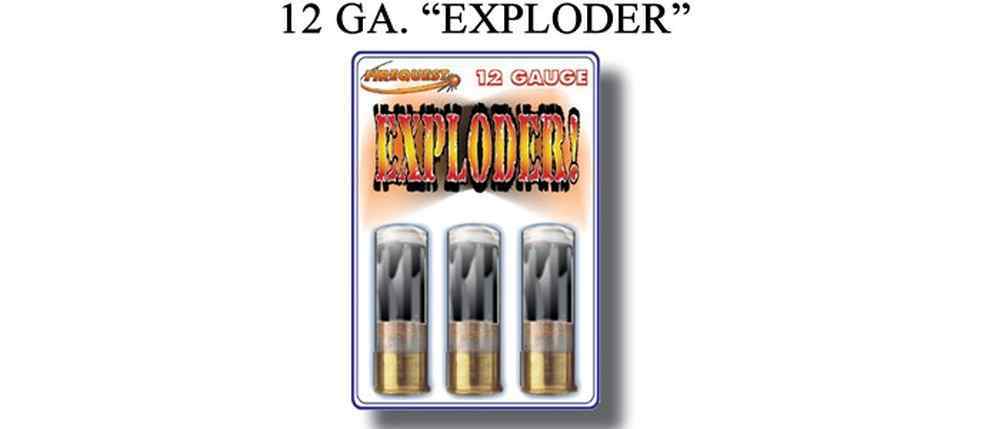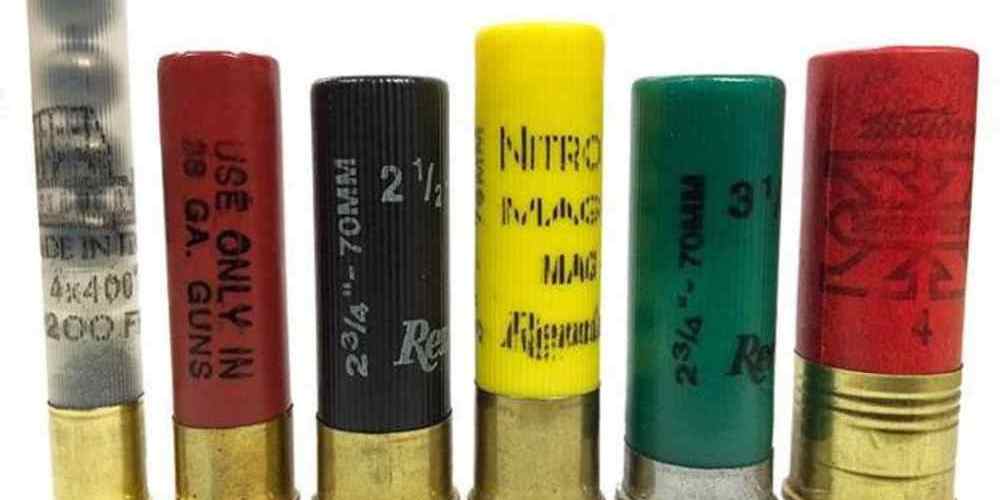“Where power meets precision in every shot.”
The Evolution of Shotgun Slug Design
Shotgun slugs have come a long way since their inception, evolving from simple chunks of lead to sophisticated projectiles that offer a unique blend of power and precision. The intersection of power and precision in shotgun slugs is a fascinating topic that has captured the attention of hunters and shooting enthusiasts alike.
The evolution of shotgun slug design can be traced back to the early days of firearms. Originally, slugs were nothing more than round balls of lead that were loaded into smoothbore shotguns. While effective at short ranges, these early slugs lacked the accuracy and power needed for longer shots.
As firearms technology advanced, so too did the design of shotgun slugs. The introduction of rifled barrels and sabot rounds revolutionized the world of shotgun slugs, allowing for greater accuracy and range than ever before. Sabot rounds are designed to be fired from rifled barrels, which impart spin to the projectile for improved stability and accuracy.
One of the key benefits of sabot rounds is their ability to deliver a high level of power and precision. By combining a streamlined projectile with a rifled barrel, sabot rounds are able to achieve impressive velocities and accuracy, making them ideal for hunting and target shooting.
Another important development in shotgun slug design is the use of specialized materials and designs to enhance performance. For example, some modern shotgun slugs are made from copper or other alloys that offer superior penetration and expansion upon impact. These advanced materials help to maximize the stopping power of the slug, making it an effective choice for hunting large game.
In addition to material advancements, the shape and design of shotgun slugs have also evolved to improve performance. For example, some slugs feature hollow points or other specialized designs that are optimized for specific types of game or shooting scenarios. These specialized designs help to maximize the energy transfer upon impact, increasing the effectiveness of the slug.
The intersection of power and precision in shotgun slugs is a delicate balance that requires careful consideration of a variety of factors. From the design of the projectile to the materials used in its construction, every aspect of a shotgun slug plays a role in determining its performance.
Ultimately, the goal of shotgun slug design is to create a projectile that offers the perfect blend of power and precision. By harnessing the latest advancements in materials, design, and technology, manufacturers are able to create slugs that deliver impressive performance in the field.

In conclusion, the evolution of shotgun slug design has led to the development of projectiles that offer a unique blend of power and precision. From the early days of simple lead balls to the sophisticated sabot rounds of today, shotgun slugs have come a long way in terms of performance and effectiveness. By continuing to push the boundaries of design and technology, manufacturers are able to create slugs that meet the needs of hunters and shooting enthusiasts alike.
The Impact of Power on Slug Accuracy
Shotgun slugs are a popular choice among hunters and shooting enthusiasts for their power and precision. The combination of these two factors makes them a formidable tool for taking down game or hitting targets with accuracy. In this article, we will explore the intersection of power and precision in shotgun slugs, focusing on how the power of the slug affects its accuracy.
When it comes to shotgun slugs, power is a crucial factor in determining the accuracy of the shot. The power of a slug is determined by its velocity and energy, which are influenced by factors such as the weight of the slug, the amount of powder in the shell, and the length of the barrel. A more powerful slug will travel faster and hit harder, making it more likely to penetrate the target and deliver a lethal blow.
However, with great power comes great responsibility. A slug that is too powerful can be difficult to control, leading to decreased accuracy and potentially dangerous situations. It is important for shooters to find the right balance between power and precision when selecting a slug for their shotgun.
One way to improve the accuracy of a powerful slug is to use a rifled barrel. Rifling is a series of grooves cut into the barrel of a shotgun that cause the slug to spin as it travels down the barrel. This spinning motion stabilizes the slug in flight, reducing wobble and increasing accuracy. Rifled barrels are especially effective with powerful slugs, as they help to counteract the recoil and muzzle rise that can throw off the shooter’s aim.
Another factor that affects the accuracy of a powerful slug is the type of choke used in the shotgun. A choke is a constriction at the end of the barrel that controls the spread of the shot. A tighter choke will produce a more focused pattern, increasing the chances of hitting the target with precision. When using a powerful slug, it is important to select the right choke for the job to maximize accuracy.
In addition to barrel rifling and choke selection, shooters can also improve the accuracy of powerful slugs by using proper shooting techniques. This includes maintaining a stable shooting stance, controlling breathing, and following through with the shot. By practicing these fundamentals, shooters can increase their accuracy and make the most of the power of their shotgun slugs.
In conclusion, the intersection of power and precision in shotgun slugs is a delicate balance that requires careful consideration. While power is essential for delivering a lethal blow to the target, it must be paired with precision to ensure accuracy. By using rifled barrels, selecting the right choke, and practicing proper shooting techniques, shooters can harness the power of their slugs while maintaining precision in their shots. With the right combination of power and precision, shotgun slugs can be a formidable tool for hunters and shooting enthusiasts alike.
Precision Shooting Techniques for Shotgun Slugs
Shotgun slugs are a popular choice for hunters and shooting enthusiasts looking to achieve greater accuracy and power in their shots. The intersection of power and precision in shotgun slugs is a delicate balance that requires skill and technique to master. In this article, we will explore some precision shooting techniques for shotgun slugs that can help you improve your accuracy and effectiveness in the field.
One of the key factors in achieving precision with shotgun slugs is understanding the ballistics of your ammunition. Different types of slugs have varying levels of accuracy and power, so it’s important to choose the right slug for your intended target and shooting conditions. Sabot slugs, for example, are designed for long-range shooting and offer greater accuracy and power than traditional rifled slugs. By understanding the ballistics of your ammunition, you can make more informed decisions about your shooting technique and improve your overall accuracy.
Another important factor in precision shooting with shotgun slugs is proper gun fit and technique. A shotgun that fits you well will help you achieve greater accuracy and consistency in your shots. Make sure your gun is properly fitted to your body and practice proper shooting technique to ensure a stable and controlled shot. This includes proper stance, grip, and follow-through to maximize the power and precision of your shotgun slug.
When it comes to precision shooting with shotgun slugs, practice makes perfect. Regular practice at the range will help you develop muscle memory and improve your shooting skills over time. Start by shooting at close-range targets and gradually work your way up to longer distances to improve your accuracy and precision with shotgun slugs. Remember to focus on proper technique and consistency in your shots to achieve the best results.
In addition to proper technique and practice, using the right equipment can also help improve your precision shooting with shotgun slugs. Optics such as red dot sights or scopes can help you achieve greater accuracy and precision in your shots by providing a clear and magnified view of your target. Make sure to choose optics that are compatible with your shotgun and practice using them to improve your shooting skills.
Wind and environmental conditions can also affect the power and precision of your shotgun slugs. Pay attention to the wind direction and speed when shooting at longer distances, as it can cause your shots to drift off target. Adjust your aim accordingly and practice shooting in different weather conditions to improve your ability to compensate for environmental factors.
In conclusion, the intersection of power and precision in shotgun slugs requires skill, technique, and practice to master. By understanding the ballistics of your ammunition, practicing proper gun fit and technique, and using the right equipment, you can improve your accuracy and effectiveness in the field. Remember to focus on consistency and proper technique in your shots, and practice regularly to develop your shooting skills. With dedication and practice, you can achieve greater power and precision in your shotgun slug shooting.
The Role of Ballistics in Maximizing Power and Precision
Shotgun slugs are a popular choice among hunters and shooting enthusiasts for their power and precision. When it comes to hitting targets accurately and with force, the intersection of power and precision is crucial. Understanding the role of ballistics in maximizing these two factors is key to achieving success in the field.
Ballistics is the science of projectiles in motion, and it plays a significant role in determining the performance of shotgun slugs. The design and composition of a slug can greatly impact its trajectory, accuracy, and stopping power. Factors such as weight, shape, and velocity all come into play when considering the ballistics of a shotgun slug.
One of the key components of a shotgun slug’s ballistics is its weight. Heavier slugs tend to have more momentum and energy, which can result in greater penetration and stopping power. However, heavier slugs may also have a slower velocity, which can affect accuracy at longer distances. Finding the right balance between weight and velocity is essential for maximizing both power and precision.
The shape of a shotgun slug also plays a crucial role in its ballistics. Different shapes, such as rifled or sabot slugs, can affect the slug’s stability in flight and its ability to maintain accuracy over longer distances. Rifled slugs are designed to spin as they travel through the air, which can help improve accuracy by stabilizing the slug’s trajectory. Sabot slugs, on the other hand, are designed to be fired from rifled barrels, which can improve accuracy by reducing friction and drag.
Velocity is another important factor to consider when it comes to the ballistics of shotgun slugs. Higher velocities can result in greater energy transfer upon impact, which can increase stopping power. However, higher velocities can also lead to greater recoil and decreased accuracy at longer distances. Finding the right balance between velocity and accuracy is essential for maximizing the performance of a shotgun slug.
In order to achieve the perfect balance of power and precision, it is important to consider all of these factors when selecting a shotgun slug. Experimenting with different weights, shapes, and velocities can help you find the optimal combination for your specific needs and preferences. Whether you are hunting big game or competing in shooting competitions, understanding the role of ballistics in maximizing power and precision is key to achieving success in the field.
In conclusion, the intersection of power and precision in shotgun slugs is a delicate balance that requires careful consideration of various factors. By understanding the role of ballistics in maximizing both power and precision, you can improve your shooting performance and increase your chances of hitting targets accurately and with force. Experimenting with different slug designs and configurations can help you find the perfect balance for your specific needs and preferences. So next time you head out to the range or the field, remember to consider the ballistics of your shotgun slugs and strive for the perfect combination of power and precision.
Comparing Different Types of Shotgun Slugs for Power and Precision
Shotgun slugs are a popular choice among hunters and shooting enthusiasts for their power and precision. These projectiles are designed to deliver maximum impact on target, making them ideal for hunting large game or for long-range shooting. However, not all shotgun slugs are created equal, and it’s important to understand the differences between various types in order to choose the right one for your needs.
One of the most common types of shotgun slugs is the rifled slug. Rifled slugs are designed to spin as they travel through the barrel of the shotgun, which helps to stabilize the projectile and improve accuracy. This spinning motion also helps to increase the slug’s range and velocity, making it a popular choice for long-distance shooting. Rifled slugs are known for their power and accuracy, making them a favorite among hunters who need to take down large game at a distance.
Another popular type of shotgun slug is the sabot slug. Sabot slugs are designed to be fired from a rifled barrel, which helps to improve accuracy and range. The sabot slug is encased in a plastic sleeve, which falls away once the slug leaves the barrel, allowing the projectile to fly straight and true. Sabot slugs are known for their precision and are often used in competitive shooting events where accuracy is key.
When comparing rifled slugs and sabot slugs, it’s important to consider the trade-offs between power and precision. Rifled slugs are known for their power and stopping power, making them a popular choice for hunting large game. However, their spinning motion can sometimes lead to decreased accuracy at longer ranges. Sabot slugs, on the other hand, are known for their precision and accuracy, making them a popular choice for competitive shooting. However, sabot slugs may not have the same stopping power as rifled slugs, making them less ideal for hunting large game.
In addition to rifled and sabot slugs, there are also other types of shotgun slugs available on the market. For example, Brenneke slugs are known for their deep penetration and stopping power, making them a popular choice for hunting thick-skinned game. Foster slugs, on the other hand, are designed for short-range shooting and are known for their accuracy and reliability.
When choosing a shotgun slug for your needs, it’s important to consider the balance between power and precision. If you’re hunting large game at a distance, a rifled slug may be the best choice for you. If you’re looking for precision and accuracy in competitive shooting, a sabot slug may be the better option. Ultimately, the best shotgun slug for you will depend on your specific needs and preferences.
In conclusion, the intersection of power and precision in shotgun slugs is an important consideration for hunters and shooting enthusiasts. By understanding the differences between various types of shotgun slugs, you can choose the right projectile for your needs. Whether you prioritize power, precision, or a balance of both, there is a shotgun slug out there that will help you achieve your shooting goals.





